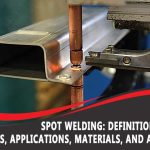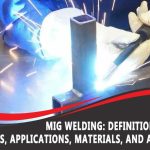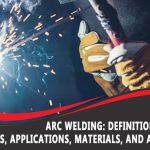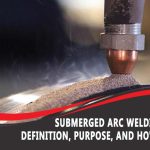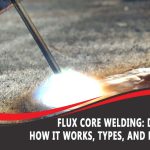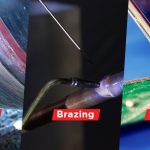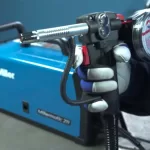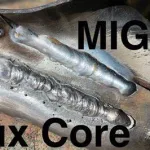Most types of stainless steels have good weldability and can be welded with all arc welding processes (GMAW, FCAW, GTAW, SMAW and SAW). Stainless is used in many different applications for its strength, abrasion resistance and corrosion resistance. Unfortunately, many assume it can be welded just like carbon steel.
5 Common Mistakes Made Welding Stainless Steel
Welding Town
In fact, this is the first and worst mistake that can be made: assuming it will weld (and behave) like carbon steel.
There are many grades of stainless steels which have very different mechanical and chemical properties. Getting a sound understanding of stainless alloys, their properties, how to weld them and how to select the right one for a given application is a science that very few have mastered. This post will not attempt to provide a crash course in welding stainless steels. Instead, we want to focus on 5 of the most common mistakes made when welding stainless steel. Mistakes you should definitely avoid.
Mistake #1: Assuming it welds just like carbon steel.
Stainless steels have very different physical properties than carbon steels. With higher thermal expansion and much lower thermal conductivity than carbon steel, stainless steels have a tendency to distort, warp and create all sorts of fit up issues. If you are welding stainless steel sheet metal for the first time you will definitely struggle with this. For tips on controlling distortions read 7 Ways To Control Distortion and 4 Material Properties That Affect Distortion.

Mistake #2: Using the same tools for both stainless steel and carbon steel.
Stainless steel welding must be completely segregated from carbon steel. Many problems can occur when both are welded in the same stations. For instance, if you use a stainless steel brush on your carbon steel welds and then use it on your stainless welds you will be introducing iron to your stainless weld. This will lead to premature corrosion. It is best to have separate tools.
There are many grades of stainless, each has its own characteristics and mechanical properties. Some are readily weldable, others are prone to cracking. Using the wrong filler metal can be disastrous. Always know the base material so you can select the right filler metal.
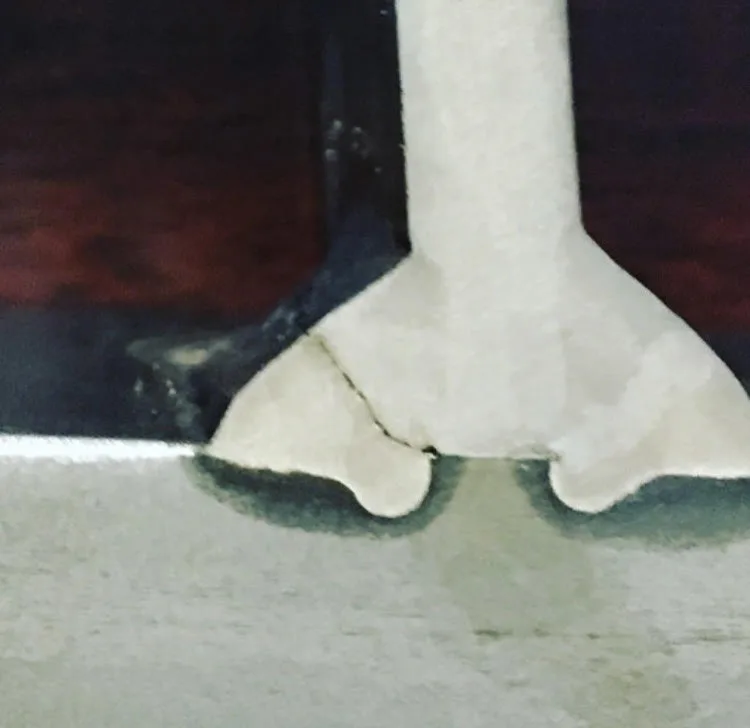
Mistake #4: Using the shielding gas as used for carbon steel.
Believe it or not this is extremely common. When welding stainless steels we want to make sure we do not exceed a 2-3% content of carbon dioxide and/or oxygen. A lot of shops will use the gas they use for carbon steel (such as 90% argon/10% carbon dioxide when mig welding) on stainless. What hides this problem is that it welds fine, and it looks fine. But that high content of carbon dioxide will lead to premature corrosion. The worst part is that it will pass visual inspection and leave your shop, but you’ll get a call from your customer in just a few weeks or months saying the welds are rusting.
Mistake #5: Welding too hot.
We see this specially with TIG welds. When you weld too hot you are essentially depleting the levels of chromium. Chromium is what provides corrosion resistance, thus you will get premature corrosion if you don’t control your procedures. This is especially true with austenitic stainless steels (think 300 series). Welding with very high input leads to a slow cooling rate which increases the amount of time spent in the sensitization range. This problem sometimes create the need to quench after welding. Fortunately, 300 series stainless steels are not susceptible to embrittlement like carbon steels. When welding stainless try to minimize heat input.


